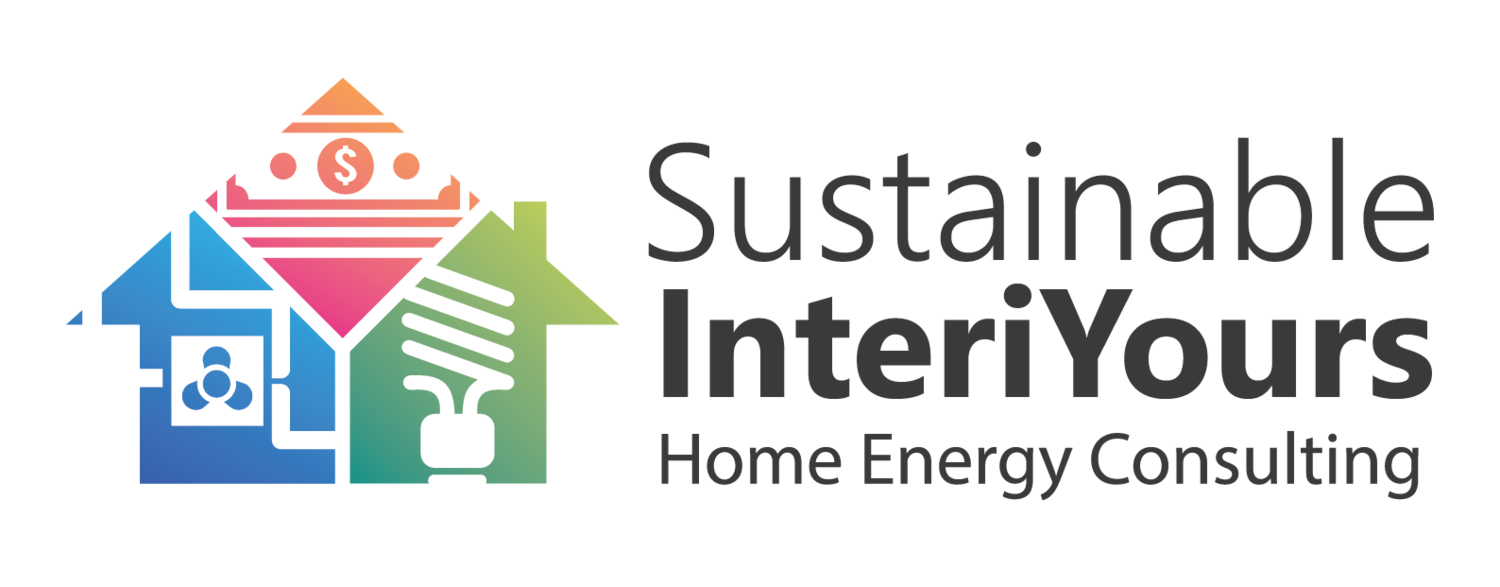Steps to an Energy-Efficient Laundry Room
When planning for energy efficiency, looking for energy saving solutions, and turning your home into something a little more green, one room that cannot be overlooked is the laundry room. This is one of the most energy-consuming and costly tasks by time in your household. Many steps can be taken to ensure energy efficiency that does not necessarily require new machines. Put into place as many as you can, and you will begin to see the savings every month. If new appliances are in your budget, you can appreciate the most significant energy savings. Look for a washing machine that is energy star compliant. In the dealer's showroom, there should be tags on all appliances that show the machine's estimated annual operating costs. For washers, you will want to invest in an H-axis model, which usually means front loading. The front-loaded machines use much less water than top-loaded as they do not require a basin to accomplish their task, and quite frankly, front-loaded washers clean a lot better than top-loaded.
When washing your clothes, always fill the washer to capacity. Washing smaller loads uses a lot more energy. Make good use of your water temperature settings. There is no reason that your regular clothes cannot be cleaned and rinsed both in cold water with the appropriate detergent. For heavily soiled garments, pre-soak and scrub them to reduce wash time.
If you have a suds-saving feature on your washer, use it. This is especially handy if your clothes are only lightly soiled. The machine will save the wash water for the next load. This feature seems to have been removed from washing machines within the past 10 years. So if your washer is old enough to still have this feature, it is quite handy.
For drying, the best and most efficient tip is not to use a dryer at all. Hang your clothes outside and let the sun and wind do its work. If this is not adequate for you or takes too much time, dry your clothes partially in the dryer and remove them when damp. Now they can be hung and dried outside or indoors in a well-ventilated area.
Dry similar materials together. Towels and heavy cottons should not be mixed with other clothes. Light-weight synthetics should also be dried together as they will take much less time. If you are buying a new dryer, again compare the operational costs. Ensure the dryer has automatic detection and shut-off system that will stop the dryer when the clothes are dry and prevent the machine from running unnecessarily.
Never add wet clothes to clothes that are already drying. This will add time to the entire load that could be reduced by drying separately. Always clean the lint trap in the dryer. Also, you will want to regularly check your vents and make sure they are not stopped up. Making sure the lint trap and vents are clean reduces fire hazards as well as dryer run time, saving you even more energy and keeping you safer.
By following these simple rules, you will save not only electricity but also water. And that means protecting the environment and your hard-earned cash.
Helping our customers find energy saving solutions in their home is our goal. Sustainable InteriYours wants you to do your part to lower your carbon footprint and reduce your utility bills. For more tips check out 9 Energy Saving Tips. If you want to scale your savings to the next level, use our Online Energy Audit.
